The district-wide problem and what McCallum is doing to help
A look into the experience of emergent bilingual students on our campus.
Un estudiante bilingüe emergente en clase (An emergent bilingual student in class).
The beginning of the school year is very exciting and emotional for many students. You are able to see your friends and your favorite teachers. But for other students, it is a completely different experience. For a growing number of McCallum students, the first day of school is a source of uncertainty and anxiety.
For freshman Angel Mejia-Martinez, this was especially true. Mejia-Martinez is part of a growing group of emergent bilinguals at McCallum who speak little to no English.
“It’s very difficult,” Mejia-Martinez said. “I cannot meet people in some classes and even outside of classes. Almost all of the people talk more English than Spanish.”
Due to district-wide budget cuts, these students have had reduced support from the district, but McCallum teachers and students have been stepping up to help. Courtney Long, a math teacher here at McCallum, says that it is hard to break the language barrier.
“We do a lot of pointing at numbers and the calculator,” Long said. “I speak a little Spanish so I can say ‘Oh this is dos, two.’ One boy pulls up his Google Translate, and we try to communicate through there. Honestly, we’re doing the best we can.”
While Google Translate can be helpful, it isn’t enough to fully teach these students English content. To combat this issue, teachers in the English and Math departments have implemented tutoring programs. Angie Seckar-Martinez, another teacher in the math department, has recruited other students to help teach the kids.

“I’ve had tutors come and help during class periods and at lunch,” she said.
Sophia Kramer, a bilingual tutor, spends her FIT time in Ms. Seckar’s classroom helping students. She quickly noticed that these students wanted to learn but became easily overwhelmed when they didn’t understand the material.
“Especially in math, when you don’t know what’s happening, it can be very frustrating,” Kramer said. “I knew that this was a very special opportunity.”
In the English department, James Hutcheson has brought in old AISD teachers to build English skills with his emergent bilingual students.
“I get the kids out of their AVID class to have one on one time with the tutors,” he said.
While the tutors have been a helpful resource, Mr. Hutcheson says that what the students really need is a separate class to learn English.
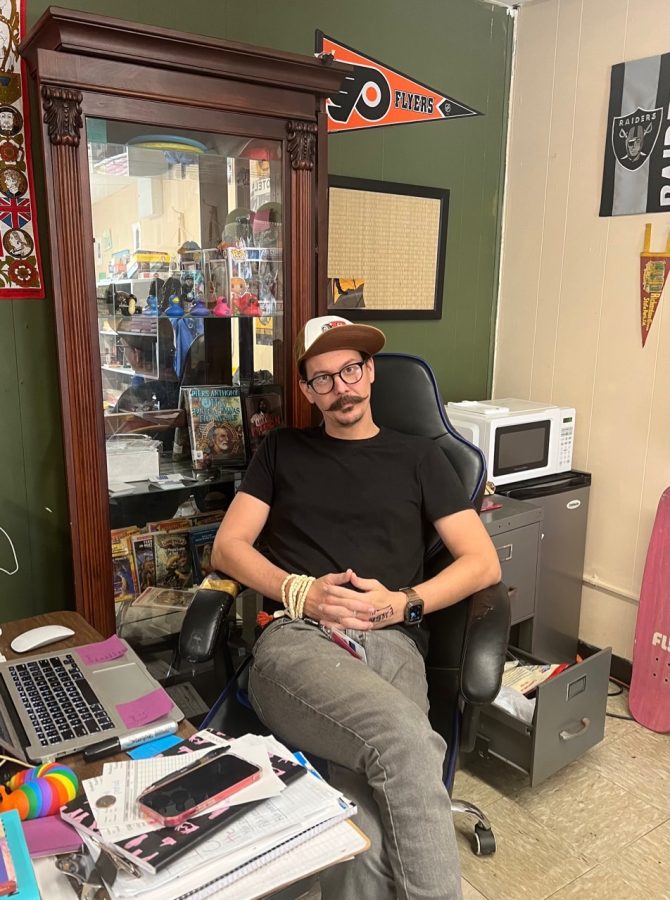
“We are doing what we can with everything we got, we just don’t have a lot,” he said.
Students all across McCallum have recognized the ongoing problem that these students have had, and Spanish speakers assist these students when they can. In Mejia-Martinez’s third period class, freshman Kai Layden has been a significant asset to his understanding of the class content. He serves as a translator and is a person Mejia-Martinez can come to with questions.
“He doesn’t ask me for a lot of help, but I’m always there translating and clarifying,” Layden said. “Other Spanish speakers help as well.”
Another student, Esteban Giraldo from Colombia, chose to come to McCallum to improve his English.
“I have classmates that help me a lot and the teachers also help me,” Giraldo said. “But I feel that I have to do more work to improve my grades and my English.”
Although McCallum has been doing the best it can to accommodate these students, this is a district-wide program that needs to be remedied. Policies should be flexible, changing to fit the needs of the student bodies they serve. Even though the systems in place seem to be working against English Language learners, individuals and schools like McCallum can combat the problem to the best of their ability.





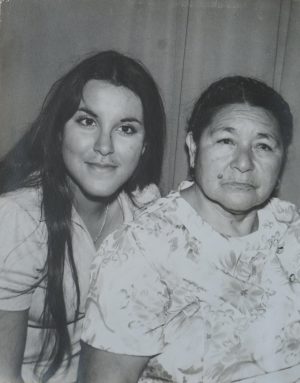
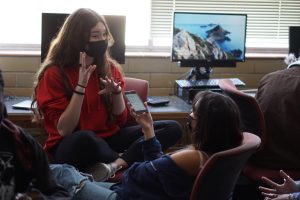


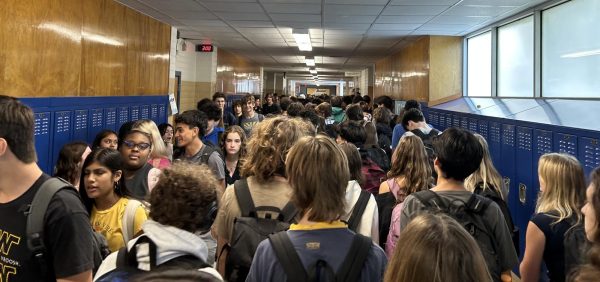
![DANCING QUEEN ONLY 15: The Mccallum quinceañera took place Saturday May 18 in the cafeteria. Students who danced at the quinceañera practiced for weeks during lunch and after school with the help of Señora A to perfect this special moment. “I signed up for fun and for the dress originally, but I actually made a lot of friends, and it helped me want to come back to practice,” said Elizabeth Peables, a freshman quinceñeara. “It’s been stressful, but it always works. We stayed very late yesterday [the day before the event], but today it feels like everything came together.”
Caption by Nellie Eschberger with reporting by Beatrix Lozach.
LA REINA DE BAILE, SOLAMENTE TIENE 15 AÑOS DE EDAD: La Quinceñera de McCallum fue el 18 de Mayo en la cafetería. Estudiantes que bailaron en la quinceañera practicaron por semanas durante el almuerzo y después de la escuela con la ayuda de la Sra. A para perfeccionar este momento especial.
“Originalmente me inscribí para divertirme, y por el vestido, pero actualmente hice muchos amigos y me ayudó a querer regresar a la práctica.” Dijo la estudiante de primer año Elizabeth Peables. “Ha sido muy estresante, pero siempre funciona.” “Nos quedamos muy tarde ayer el día antes del evento pero hoy se siente que todo está cayendo en forma.”
Leyenda por Nellie Eschberger con reportaje de Beatrix Lozach. Traducción por Maverick Palacios.](https://macshieldonline.com/wp-content/uploads/2024/06/53732328578_3ee2526f55_o_53769409497_o-600x338.jpg)

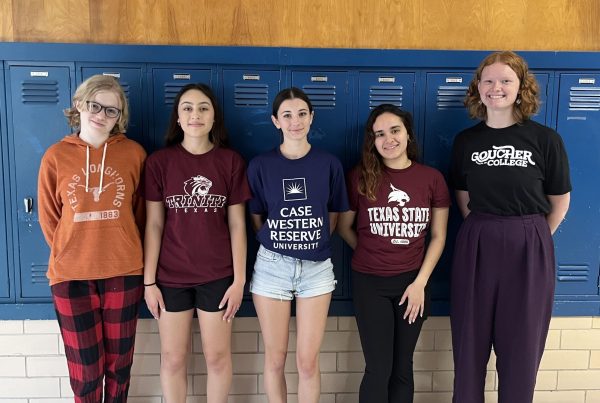



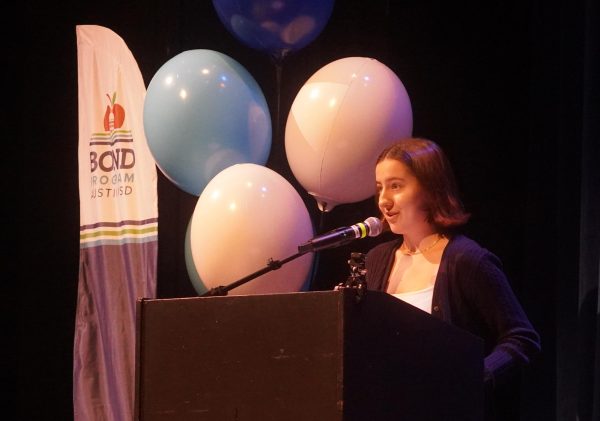
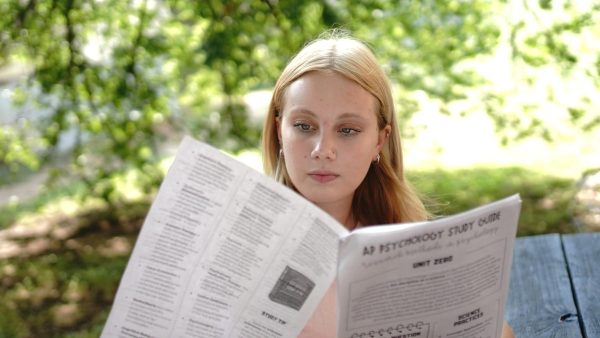
Elsie Smith • Nov 28, 2022 at 5:53 pm
I thought this was an important issue to cover and bring attention to. I am a part of the dual language program and I think it’s great that students from that that program are using their FIT time to help.